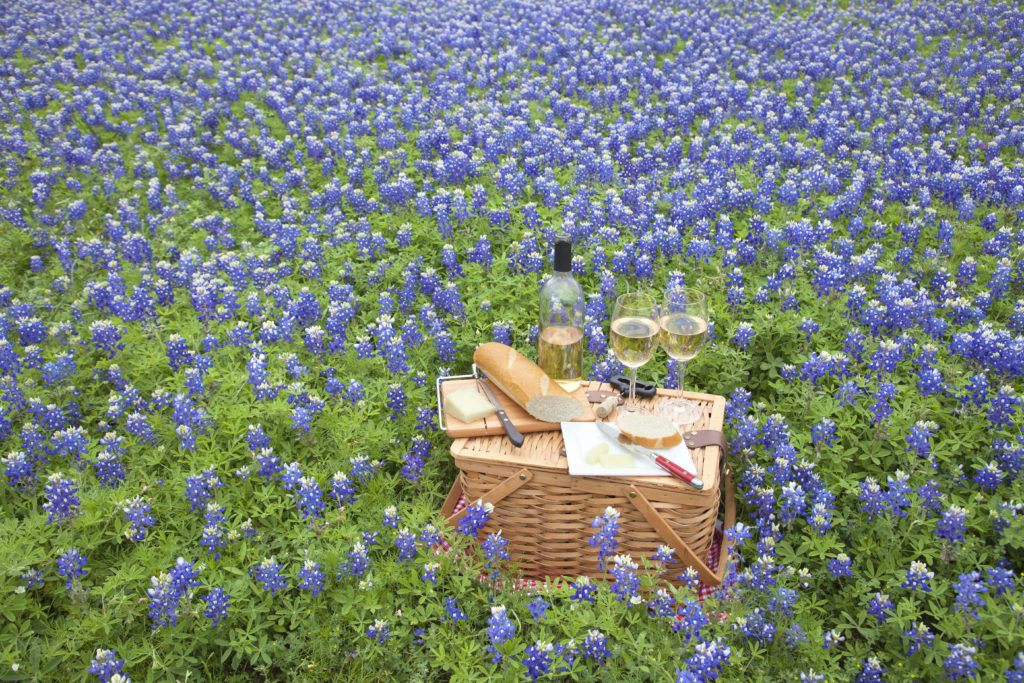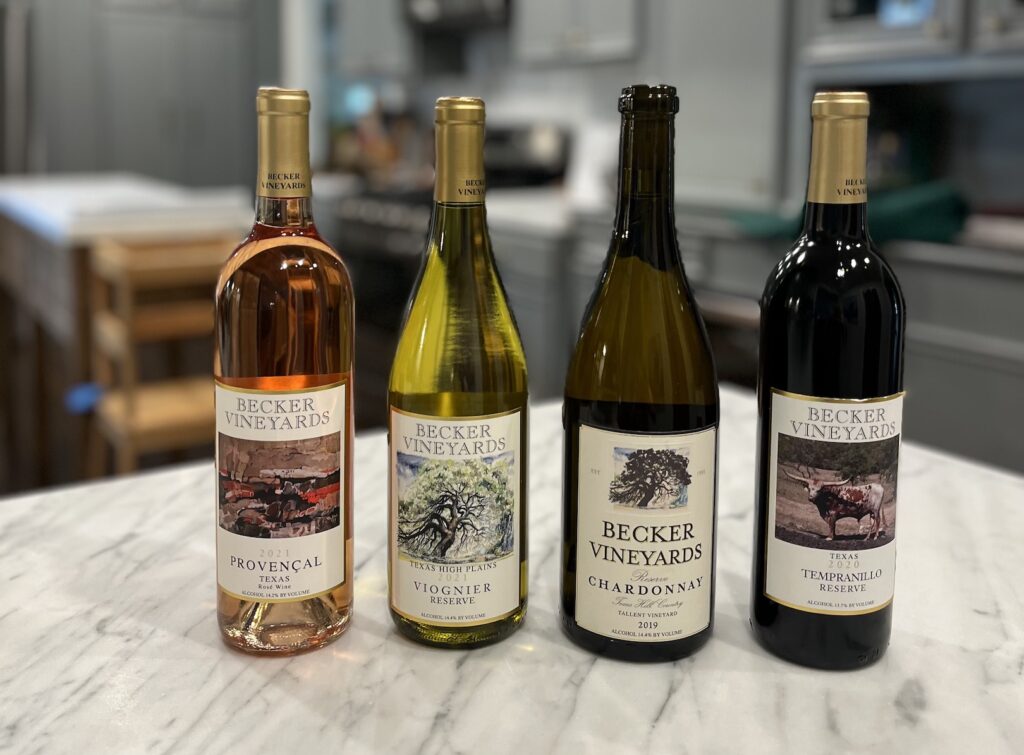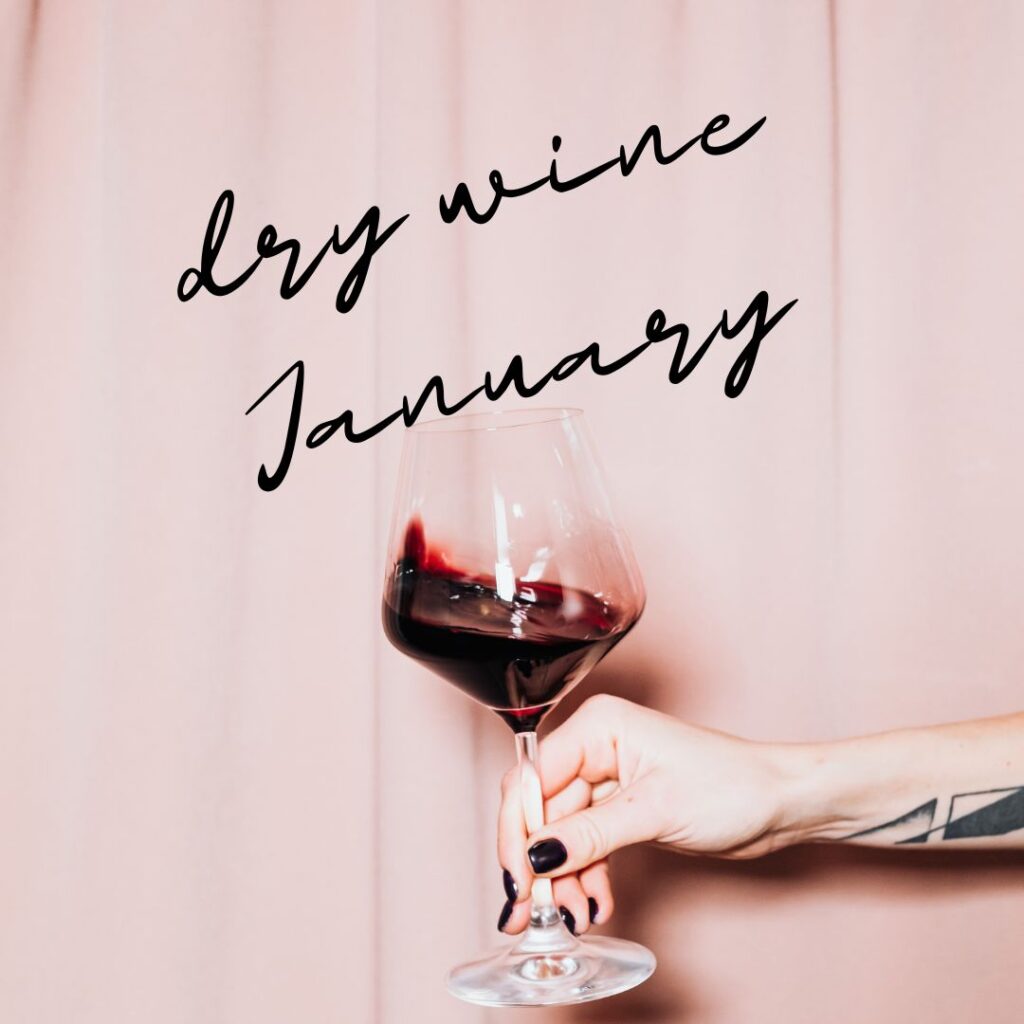An abbreviated overview of Texas' wine landscape
They say everything is bigger in Texas, and wine consumption is no exception. In 2020 Texans consumed over 60 million gallons of wine, coming in at #4 in the US. Unsurprisingly, the most populous states dominated the top ten, with a few exceptions (looking at you, Massachusetts).

But while the Texas wine industry has been experiencing tremendous growth and a little bit of spotlight over the past decade, Texans overwhelmingly consume wine that is grown and produced outside of Texas. And in the days of the “know your farmer” and “buy local” movements, this Texan thinks that’s a shame – and a Texas sized opportunity for local producers to increase the share of the Texas wine consumption pie that’s actually grown, produced and bottled in Texas.
Now please indulge me while I summarize the landscape, by noting a few challenges that exist today, as well as enablers which I believe will accelerate sustainable growth of Texas wine, both within state lines and on the national level.
Barriers for Texas
When drawing comparisons between Texas’ wine industry and that of US frontrunners such as California, Washington and Oregon, I found it helpful to consider the overall landscape to surface the key inhibitors at this point in time.
Challenge: Production Volume

Today almost 90% of US wines produced are from the state of California. Other notable leaders in terms of production include Washington, New York and Oregon. Texas rounds out the top five in terms of production quantity, and is number four in number of wineries, per Wines Vines Analytics. As noted earlier in this post, the state consumes over 60 million gallons, yet only produces about 2 million.
While it’s exciting Texas has recently entered the top five, Texas literally produces < 4% of the wine to satisfy demand for Texas residents, let alone satisfy out of state demand.
Challenge: Transparency
Globally, labeling requirements are implemented with the intention of preserving quality and origin transparency. In the US, some states have adopted place-of-origin leading practices. Requirements and standardization are limited around labeling today in Texas, however. Texas is starting to make strides in this space, in particular with the recent passage of legislation suggesting a certain percentage of wine should be sourced from a particular AVA, county or vineyard in order to label that designation.
Challenge: Short Modern Wine History
Northern California made a splash in the 1970s when a handful of California wines from producers Chateau Montelena and Stag’s Leap beat out the top wines from France in the Paris Accord blind tasting, on their home turf. Texas and the other leading producers in the US have a relatively short modern history growing and producing wine, as compared to California.
California’s few decades head-start of commercial success translates to a much higher quantity of more established (read: older) vines than we have in the state of Texas, currently. However, the number of acres under vine in Texas has grown steadily since the 1970’s, led by Texas A&M, University of Texas, and Texas Tech agriculture program efforts.

A few fun tidbits about Texas’ wine history:
- While the US faced major winery closures during the Prohibition, the earliest wineries in Texas date back to the 1650s. In fact, the first wine-producing vines in the United States were planted in Texas near modern day El Paso, by Spanish Missionaries.
- To make a long and interesting story short, Texas grape vines literally saved the French wine industry from peril in the 1800s. At a time when disease plagued French vines, Texas botanists sent disease-resistant grape vine cuttings to France. French farmers fused their vines to the Texas vines’ roots, cross-bred them, and eventually replenished the production of French varietals we know and love today, such as Cabernet Sauvignon, Merlot, Pinot Noir, and Chardonnay.
Challenge: Sustainability Standards
In Texas, there is no state-wide sustainability rating adoption (as compared to California and Oregon). The CCSW in California and several organizations in Oregon are examples that Texas could study as a baseline, in the evaluation of sustainability standards to elevate the perception and outcomes of Texas wine farming and production. I applaud the Botanical Research Institute of Texas and the Fort Worth Stock Show & Rodeo for recognizing sustainable producers in 2019. And fingers crossed, the US or a recognized third party develops a standard measure for sustainability in wine farming and production, so grape growers and winemakers who put environmental stewardship into their business models are recognized. Consumers increasingly prefer to buy products and have relationships with companies that put environmental sustainability in the decision process. Given Texas’ history and expertise in agriculture, economic development, and technology, I personally feel that Texas should be a leader in this space.
Challenge: Climate Change
Extreme weather and unseasonable conditions are not typically friends of agriculture. For instance, late freezes in springtime can take out buds when vines are no longer dormant, too much late-season rain close to harvest can cause root rot, and weather events such as hail have significantly reduced crop yields in recent years.

In February, 2021 Winter Storm Uri caused Texas agriculture at least $600 million in losses overall, with a final number likely coming in much higher, according to Texas A&M AgriLife Extension Service economists. And a hail storm in May 2021 contributed significantly to the crop yield losses of 2021 vintage. Hail can do considerable damage to grapevines by damaging bark, leaves, and fruit; it also can cause significant injury to young vines.
Unfortunately, weather unpredictability and variability has increased over the past several decades. While this is not exclusive to Texas (or grapevines for that matter), agriculture is extremely vulnerable to climate change.
Challenge: Perception of Texas’ Wine
Let’s be honest, the perception of Texas wine quality, and the assortment of varietals that thrive here, is mixed. This is stemming from what I’d classify as an education gap. Texas AVAs provide perfect growing conditions for varietals made famous by Spain, central Italy and Rhone Valley of France (e.g. Syrah, Mourvèdre, Viognier, Roussanne, Tempranillo, Garnacha, Montepulciano, Sangiovese, etc.).
Some marquee varietals for the United States’ most traditional wine hotspots such as Napa, Sonoma, Willamette, and Walla Walla are Cabernet Sauvignon, Chardonnay and Pinot Noir, which are not as commonly grown in Texas. Just like every other variety of grape, it’s simply a fact that a given vine of Chardonnay will have a different set of characteristics than the same one would if grown in Napa (or Willamette or France, for that matter), and growing conditions and various grape varietals are not always compatible. Indeed, weather patterns, elevation, and site-specific terroir are some of the most important aspects of a particular wine, among its vintage, varietal, production practices, etc.

My point of view is simply that 1) terroir differentiates fine wine, 2) there are a number of varietals that thrive with Texas’ growing conditions, 3) while more traditional consumers are less inclined to try something new, younger wine drinkers are increasingly open to trying and falling in love with varietals beyond the traditional set that put Napa on the map, and 4) given the vastness of the state and the growing number of recognized AVAs / sub-AVAs it’s about as fair to characterize all Texas’ grapevine growing condition quality as it is to characterize all of Spain, France, or all of the East Coast for that matter.
Challenge: Disease & Pesticides
Pierce’s disease has unfortunately been recognized at Texas vineyards. Pierce’s disease in grapes is the result of a bacteria known as Xylella Fastidiosa, which is often spread by an insect called a “sharpshooter.” While prevalent in many parts of the United States, the disease pressure is particularly acute in hot climates. Pierce’s Disease can be devastating to vineyards, potentially causing total loss of vines over the course of a few years. Fortunately there are some mitigation measures vineyard managers can take, such as planting disease-resistant vines (Walker Clones of Paseante Noir and Errante Noir have been planted in Johnson City) and by using insecticide to reduce the number of sharpshooter insects.
Separately, use of a herbicide called dicamba has skyrocketed in recent years in North Texas, after Monsanto and BASF released a genetically-engineered soybean and cotton cropping system. This herbicide, which has been linked and blamed for millions of acres of damage to crops since 2016, including vines in the Texas panhandle (where a majority of Texas vines exist). BASF Monsanto has yet to take responsibility, after 57 Texas grape growers filed a lawsuit in April 2021, each seeking damages. The growers claim that as many as 95% of their grape vines have suffered from dicamba damage, which has resulted in “widespread vine death, canceled contracts, ruined buyer relationships and a resulting stigma,” according to the lawsuit. There’s no silver lining here, as these vineyards are already susceptible to harsh outcomes of climate change, they cannot afford to lose additional yield to pesticide crop drift. The ruling has yet to be announced.
Challenge: A Prohibition Hangover
As of December 2021 there are currently five “dry counties” in Texas, where buying alcohol is illegal. This is out of about 80 dry counties in the United States. Dry counties have been dropping in number over the past few decades, however. For context, in 1996 there were 53 dry counties in Texas, and by 2011 that number dropped to 25. As of this writing in January 2022, dry counties are home to almost 2 million residents, mostly in the South.

Challenge: COVID-19
During early days of the global pandemic, guidance and implementation of measures around mandated closures were managed independently by state leadership. Unfortunately, in Texas Governor Abbott misclassified Wineries as bars instead of as restaurants or as another business category entity. Therefore wineries could not operate for several months of the spring and summer of 2020 as they were not categorized as “essential” businesses.
Given that wineries are often ideal venues for social distancing and outdoor gathering, the Texas wine industry and consumers agreed Governor Abbott’s assessment was misguided. While wineries eventually were allowed to reopen, and many invested in innovative virtual tasting experiences, DTC shipping and curbside pick-up, wineries experienced a huge loss of revenue as a result. Lost revenues are devastating for any business, especially those with a business model that relies on long-lead time investments in agriculture, marketing, operating expenses and labor to produce each vintage.
In Conclusion
While the Texas wine industry faces some headwinds, it also has significant potential now, and in the years to come. Several articles have recently acknowledged on the national stage that Texas has reached an interesting and exciting inflection point, and it feels like new wineries are opening in the state on a weekly basis.
Stay tuned for my next blog, which will pick up where this left off and shed an optimistic light on the Texas wine industry landscape by focussing on the top enablers for growth and sustainability!





